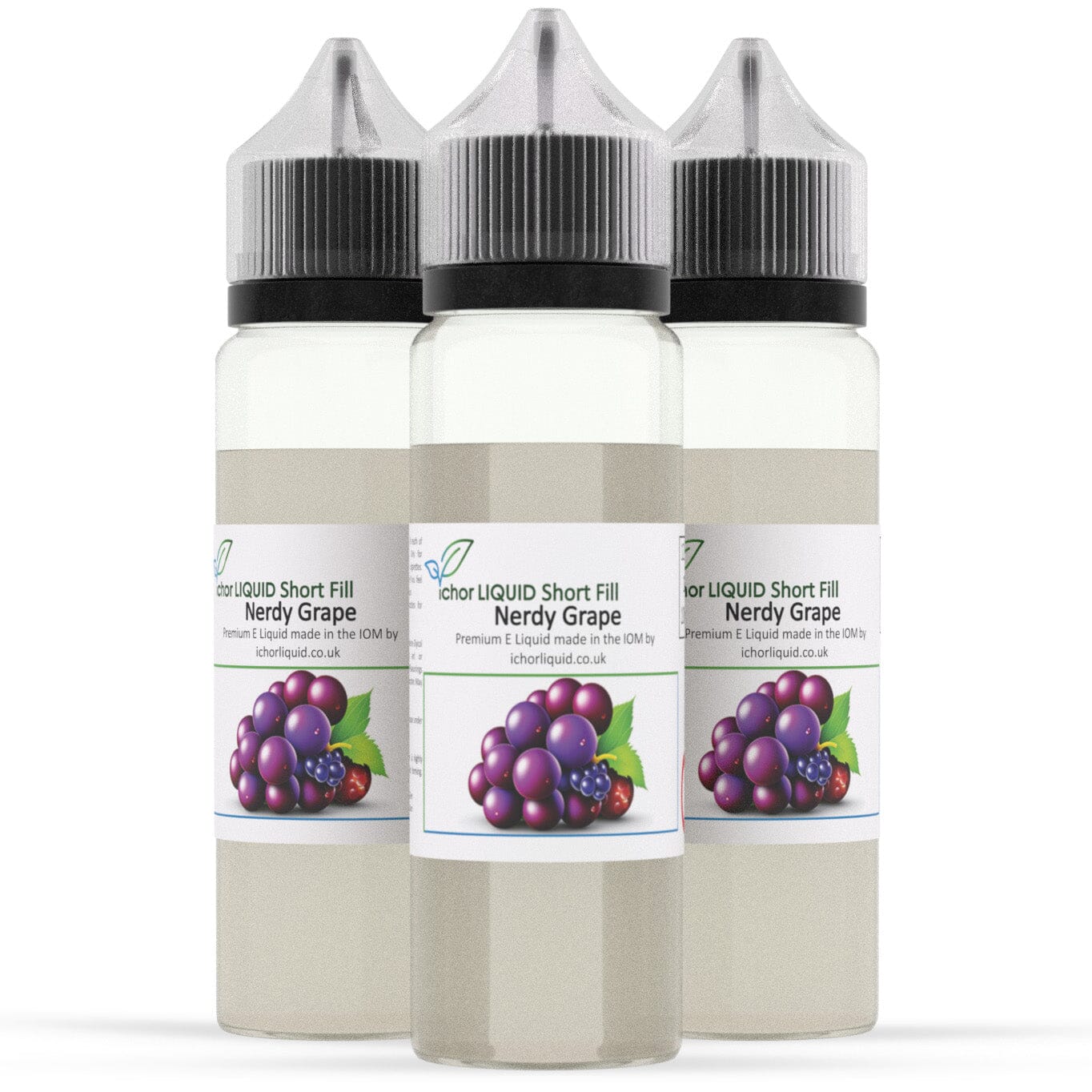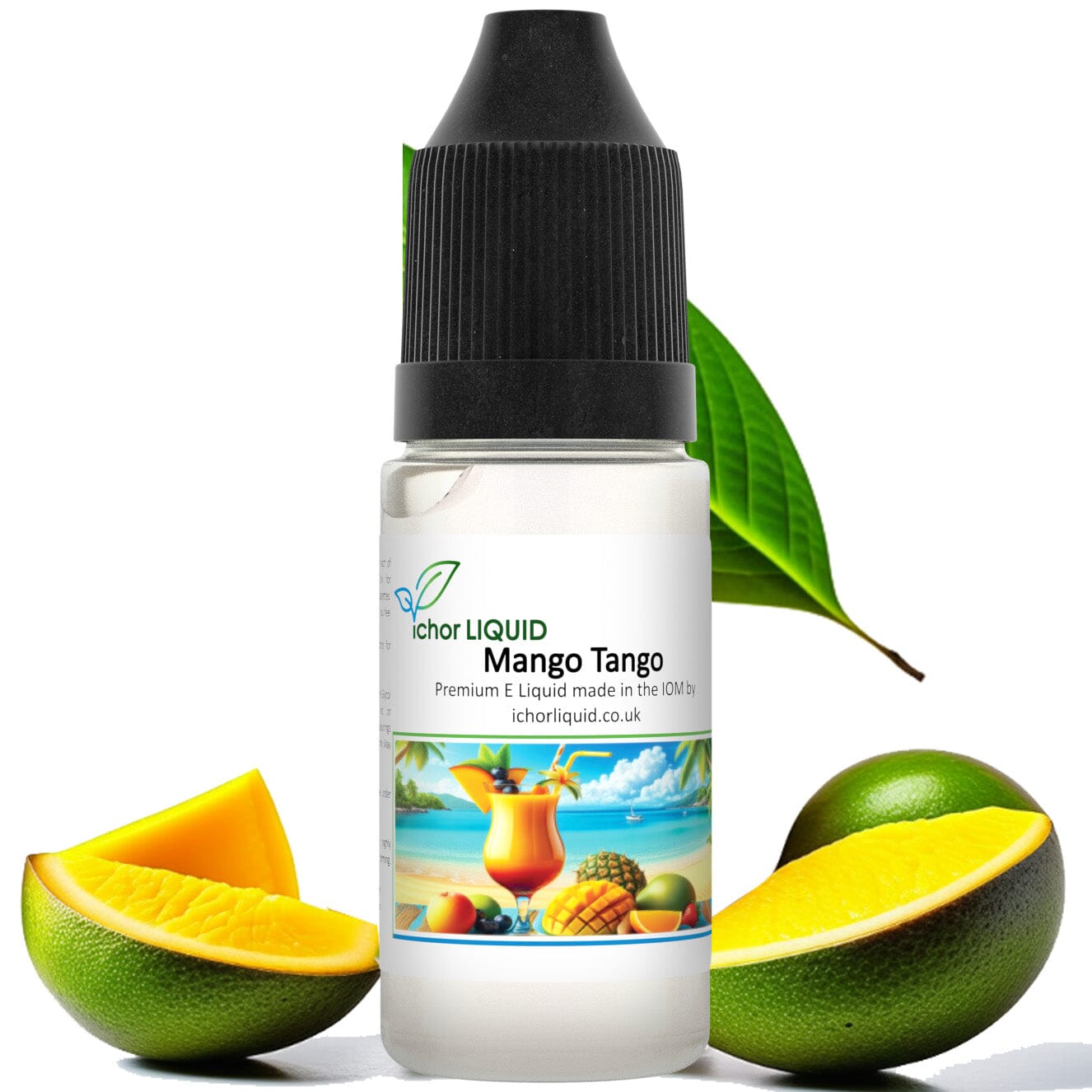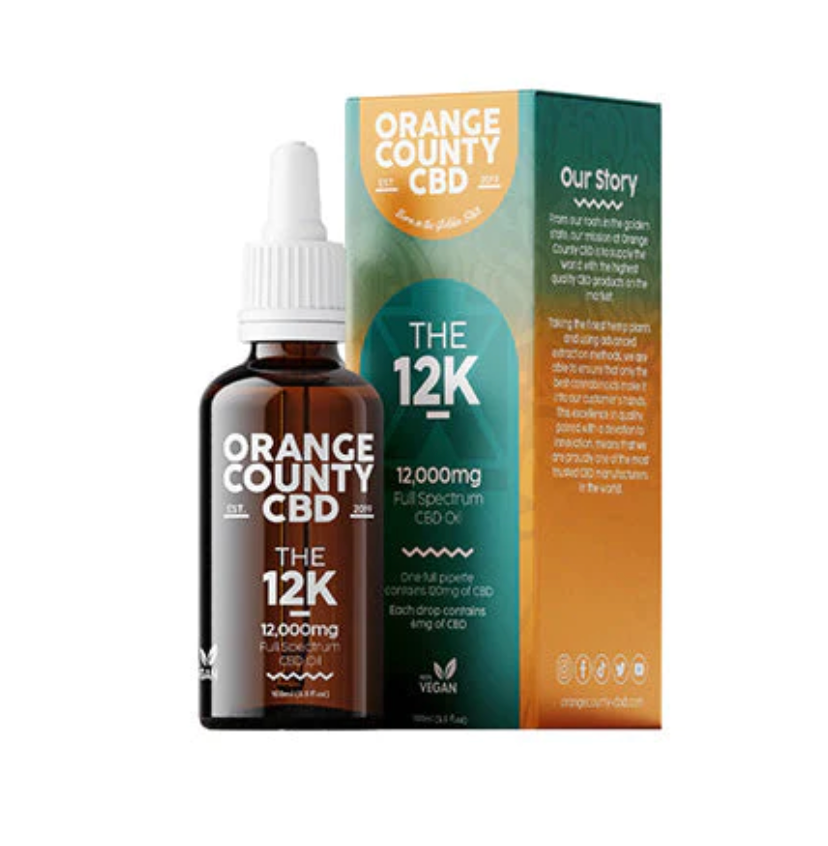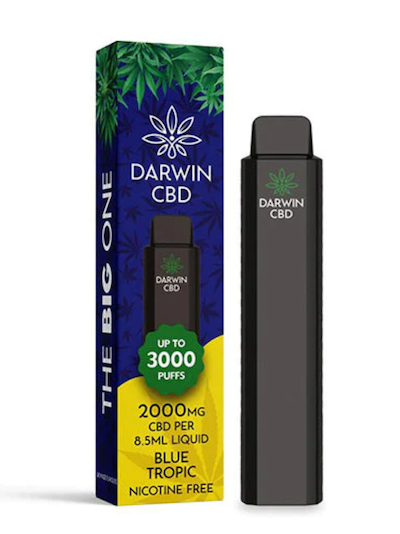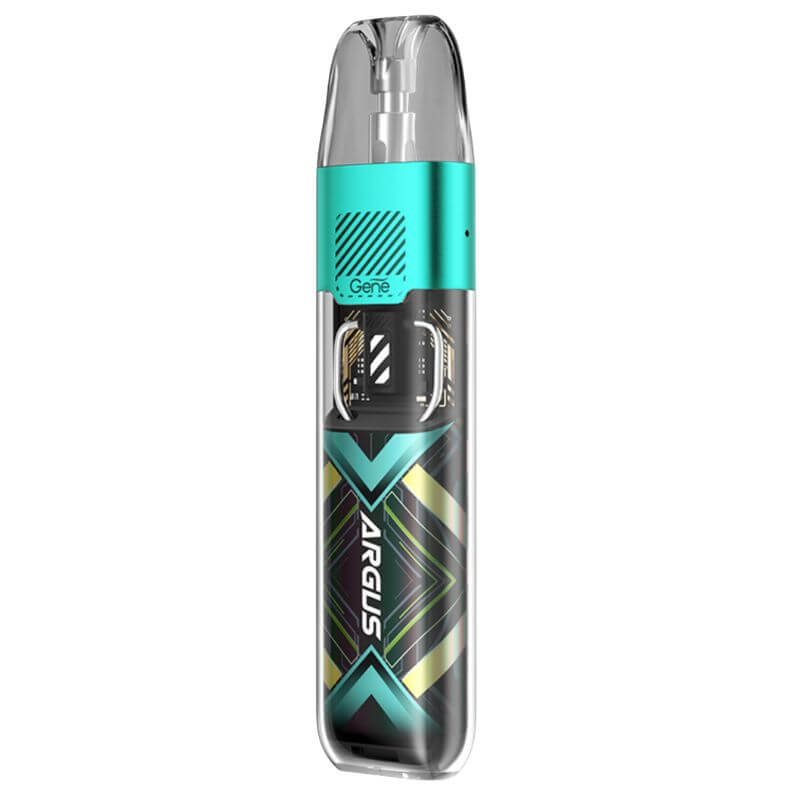Do all disposable vapes have propylene glycol?

Do all disposable vapes have propylene glycol?
Indeed, the question of whether all disposable vapes contain propylene glycol is a topic that has gained significant attention in the vaping community. Propylene glycol, an organic compound that is commonly used in e-liquids, has sparked concerns about its potential health impacts. In this informative blog post, we will delve into the dangerouseffects of propylene glycol in disposable vapes, examine whether all disposable vapes are indeed formulated with this ingredient, and explore any potential positive alternatives for those looking to avoid propylene glycol in their vaping experience. Stay tuned as we uncover the truth behind the composition of disposable vapes.
Key Takeaways:
- Not all disposable vapes contain propylene glycol
- Some disposable vapes use vegetable glycerin instead of propylene glycol
- It is important to read the ingredients of disposable vapes to know what they contain
- Propylene glycol is commonly used in e-liquids for its smooth vaping experience
- Consumers can choose disposable vapes that are propylene glycol free if they have an allergy or sensitivity to the ingredient
The Anatomy of Disposable Vapes
While disposable vapes may seem like a simple device, they are actually quite complex in their design and functionality. Understanding the anatomy of disposable vapes is essential in grasping how they work and what components are involved in their operation.
Essential Components and Materials
On the outside, disposable vapes appear to be a sleek and compact unit. However, on the inside, they consist of several essential components and materials. These include a battery, an atomizer, a cartridge or pod containing the e-liquid, and a mouthpiece. The battery powers the device, while the atomizer vaporizes the e-liquid, producing the inhalable vapor. The cartridge or pod holds the e-liquid, which typically consists of propylene glycol, vegetable glycerin, flavourings, and nicotine. The mouthpiece is where the user inhales the vapor from the device.
The Role of Propylene Glycol in Vapor Creation
Any discussion of disposable vapes would be incomplete without addressing the role of propylene glycol in vapor creation. Propylene glycol is a key ingredient in e-liquids, serving as a carrier for the flavourings and nicotine. When the e-liquid is heated by the atomizer, the propylene glycol vaporizes, producing the clouds of vapor that users inhale. While propylene glycol is generally recognized as safe for ingestion, there are concerns about its potential effects on respiratory health when inhaled. It is important for users to be aware of the presence of propylene glycol in disposable vapes and to make informed choices about their usage.
Variability in Vape Composition
Some variability exists in the composition of disposable vapes, especially when it comes to the use of propylene glycol. While many disposable vapes contain propylene glycol as a humectant, not all of them do. This variability can pose challenges for individuals with specific sensitivities or preferences.
Alternative Humectants and Their Properties
Any disposable vape not containing propylene glycol may use alternative humectants such as vegetable glycerin or polyethylene glycol. These humectants have different properties and may result in different vaping experiences, as well as potential implications for health.
The Spectrum of Propylene Glycol Presence
Propylene glycol is a common component in many disposable vapes, but its presence can vary widely. The concentration of propylene glycol in disposable vapes can range from negligible to potentially harmful levels, causing concern for those who are sensitive or have adverse reactions to this substance.
Health and Regulatory Considerations
To ensure the safety and well-being of consumers, it is important to consider the health and regulatory implications of the ingredients used in disposable vapes. Additionally, compliance with industry standards and regulations is crucial in the manufacturing and distribution of these products.
The Science of Inhalation and Absorption
Any discussion of the health impact of disposable vapes must take into account the science of inhalation and absorption. Propylene glycol and other chemicals in disposable vapes can have potential health risks when inhaled and absorbed into the body. Understanding the biological effects of these substances is essential in evaluating the overall safety of disposable vapes.
Policy and Perception in Vaping Culture
Any analysis of disposable vapes would be incomplete without considering the broader policy and perception in vaping culture. Perception of these products can influence regulatory decisions and consumer behavior. Policy measures may need to adapt to changing perceptions of vaping, especially concerning the potential health risks associated with disposable vapes.
Perception and policy are key elements in shaping the future of the disposable vape industry. With increasing awareness of potential health risks and changing societal attitudes towards vaping, it is important to consider the evolving landscape of regulation and public opinion.
Beyond the Cloud: Future Prospects
Now that we have explored the current landscape of disposable vapes and their ingredients, it is crucial to look ahead at the future prospects of vaping technology. The evolving landscape of vaping devices presents both opportunities and challenges that will shape the industry in the years to come.
Technological Evolution of Vaping Devices
Technological advancements in the vaping industry have been rapid in recent years, with the introduction of pod systems, temperature control, and customizable settings. These developments have led to a more personalized and refined vaping experience for users, as well as increased efficiency and safety features. The integration of smart technology and app connectivity has also opened up new possibilities for monitoring and controlling vaping habits.
With the potential for further innovation in battery technology, material science, and vapor production, the future of vaping devices holds promise for even more sophisticated and user-friendly designs. As the demand for alternative nicotine delivery systems continues to rise, manufacturers are likely to invest in research and development to stay ahead in the competitive market. Recent research has linked PG containing vape liquid to cause allergic reactions such as Hives. Further innovation developing a non PG containing disposable vape would be a welcome addition to those affected.
The Quest for a Safer Inhalation Experience
Inhalation safety remains a top priority for both consumers and regulators, driving the industry to explore safer alternatives to traditional smoking and vaping. The search for cleaner ingredients, improved heating mechanisms, and better filtration systems is ongoing, with the aim of reducing potential health risks associated with vaping. Manufacturers are also focusing on product transparency and education to empower consumers to make informed choices about their vaping habits.
Cloud production and flavour additives continue to be areas of concern in the quest for a safer inhalation experience. While high vapor production is favored by many users, it may lead to increased exposure to potentially harmful substances. Addressing these issues will require a collaborative effort between industry stakeholders, regulatory bodies, and public health experts to develop standards and guidelines for safer vaping practices.
Conclusion
From above analysis, it can be concluded that not all disposable vapes contain propylene glycol. While many do, there are also alternatives available in the market that use different substances as the base liquid. It is important for consumers to be aware of the ingredients in the disposable vapes they are using and to make informed choices based on their individual preferences and health concerns. As with any product, it is always best to carefully read labels and do research to ensure that you are comfortable with what you are putting into your body.
Disposable Vapes and Propylene Glycol FAQ
Q: Do all disposable vapes contain propylene glycol?
A: The majority of disposable vapes do contain propylene glycol as a base for the e-liquid, but it is not universally present in all products.
Q: Why is propylene glycol used in disposable vapes?
A: Propylene glycol is used as a base in e-liquids for its ability to carry flavour and provide a smooth vaping experience. It is also known for its low toxicity and is generally recognized as safe by regulatory bodies.
Q: Are there alternatives to propylene glycol in disposable vapes?
A: Yes, there are some disposable vapes that use alternatives to propylene glycol, such as vegetable glycerin or a combination of both propylene glycol and vegetable glycerin.
Q: Is propylene glycol safe to inhale in disposable vapes?
A: Studies have shown that propylene glycol is generally safe to inhale, but some individuals may be sensitive to it and experience mild irritation. It is important to be aware of any potential sensitivities when using disposable vapes with propylene glycol.
Q: How can I find disposable vapes without propylene glycol?
A: When looking for disposable vapes without propylene glycol, carefully read the product ingredients and consider reaching out to manufacturers or retailers for specific information about the e-liquids used in their disposable vapes.

